One such update (without necessitating a change in structure) is the revival of "Mesh" in this passing game. I learned the principle from Norm Chow when he was at BYU. Though the success of the pattern cannot be debated, few can argue the time commitment required to make it work the way Chow's BYU teams or the way Mummy/ Leach deployed their versions of the attack. Proving the flexibility of the system, we have found a very inexpensive alternative teaching method.
In the route tree we used, we simply augmented the definition and technique of the "6" route:
- The initial stem provides an additional quick throw vs. pressure
- It is more effective vs. match up zone, as the hook stem is something a LB will drive on, and redirect to on the re-start
- This vacates the area for the backside drag better than the traditional mesh
- It is obviously less expensive than traditional mesh
- The timing provides a Third Fix outlet on the backside
From this simple adjustment, along with the stair step technique that is taught with standard drag routes vs. man coverage, one is able to assemble an exciting array of possibilities. This pattern has been extremely successful in 7 on 7 this summer, as it not only compliments the "471" pattern (seen here), but the weak side B wheel pattern as well.
PS - days away from having my iBook available for purchase.

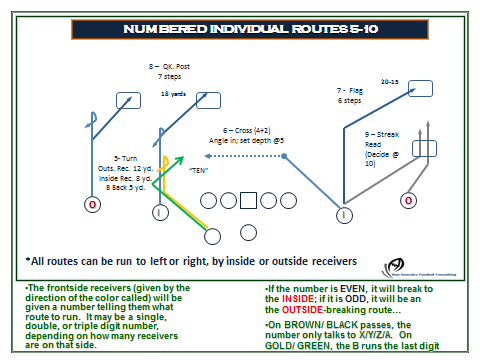


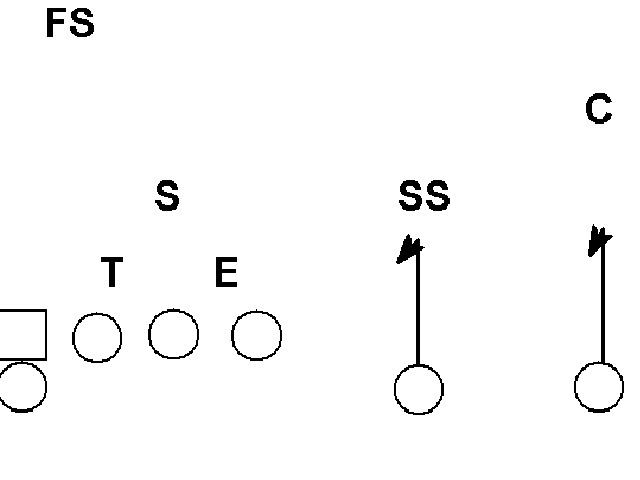
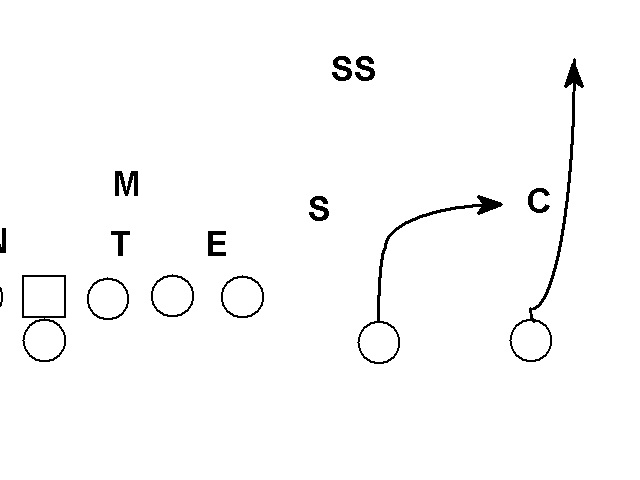
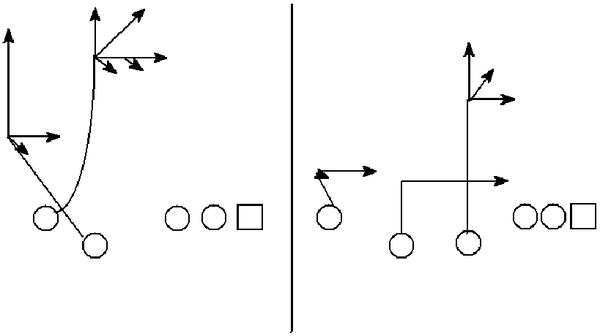
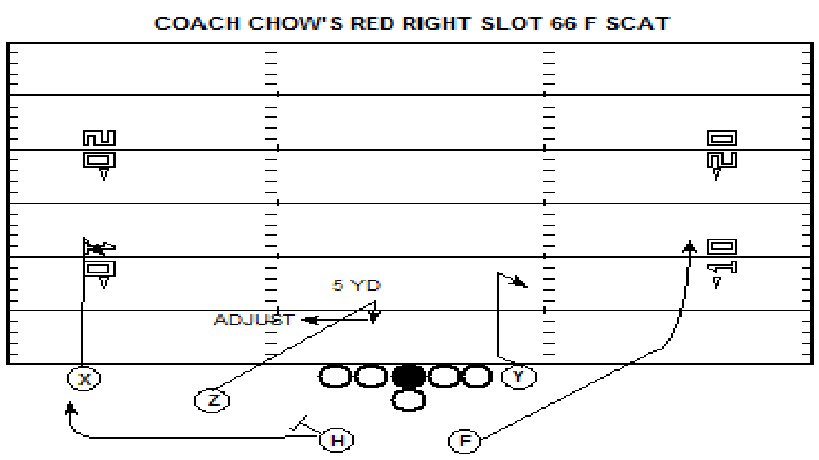
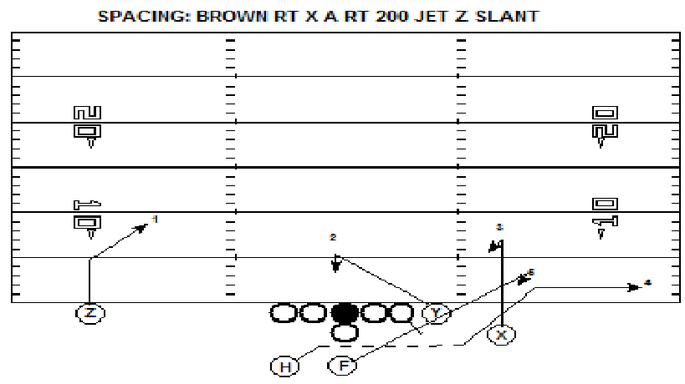

 RSS Feed
RSS Feed
